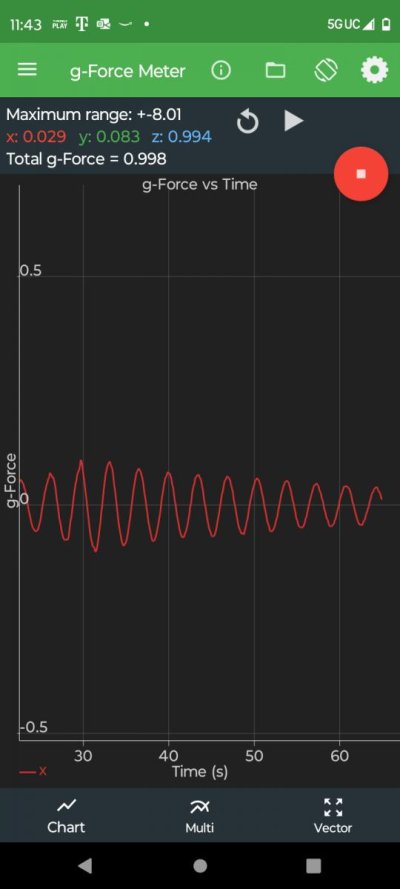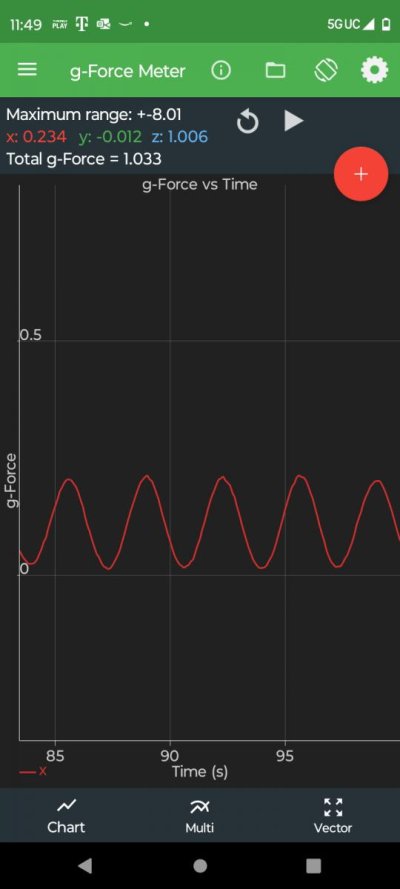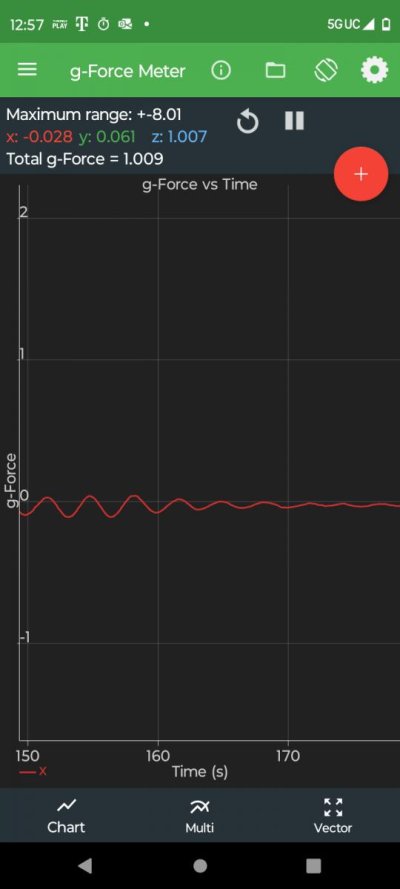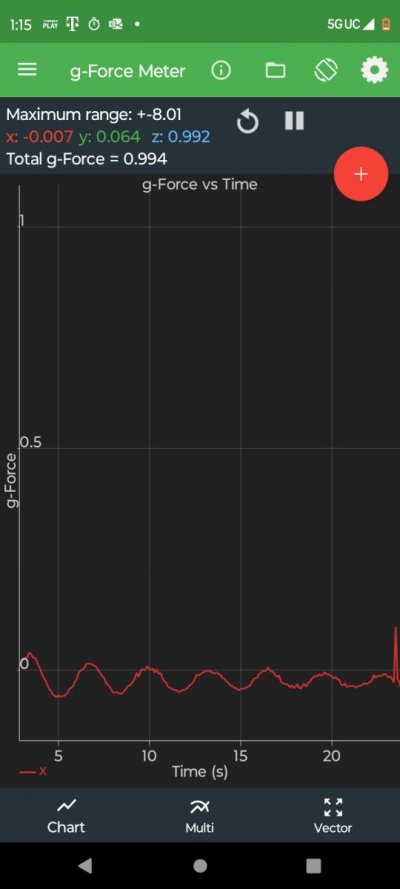Delta Riverat
Guru
- Joined
- Feb 16, 2022
- Messages
- 1,213
- Location
- Stockton
- Vessel Name
- Dream Catcher
- Vessel Make
- 1979 Island Gypsy 44 Flush Aft Deck
I'm going to try the 12 inch by 10 foot diversion tube thing on the floor of the FB and see how it goes. That will be very easy to do and easy to get rid of if it doesn't pan out. If it works then I'll expend the effort to move it under the helm and build a "dam" for it in the nose.
But this will be added to the end of the list with haul out and bottom paint / through hull service / shaft packing replacement, LiFePO4 house upgrade, washdown pump replacement and getting a working TV installed coming first -
But this will be added to the end of the list with haul out and bottom paint / through hull service / shaft packing replacement, LiFePO4 house upgrade, washdown pump replacement and getting a working TV installed coming first -




